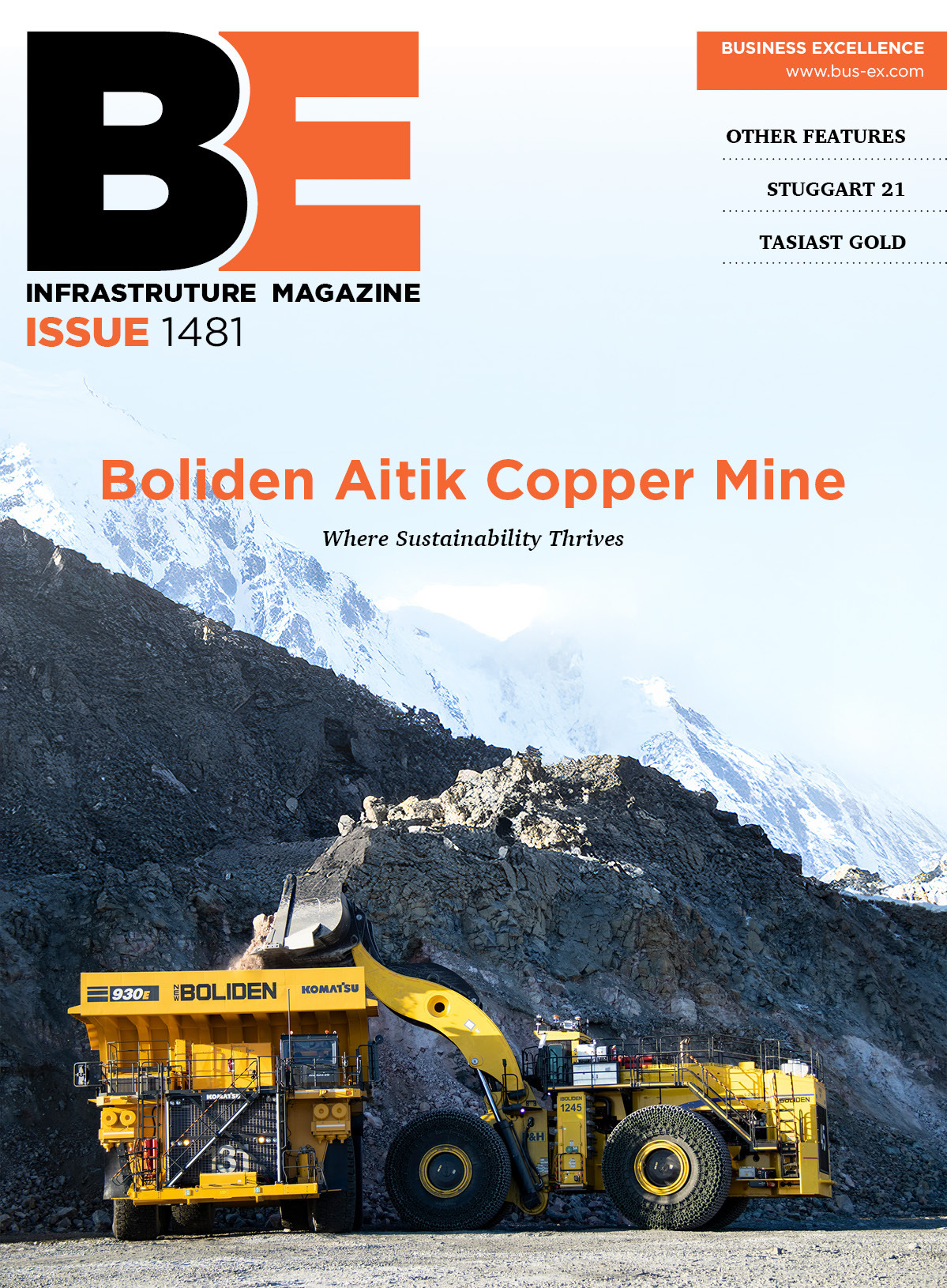Gold rush┬áLinda Seid Frembes learns how a small public resource company is using its expertise to realize the potential and reduce the environmental impact of its Atlanta Gold project while revitalizing a former mining district in Idaho. Many investors perceive gold as a safe haven in uncertain economic times. At the same time, society has higher expectations of business taking on public responsibilities than it did five years ago. This scenario, together with recognition of the importance of protecting the environment, resulted in a new strategy by Atlanta Gold that will contribute positively and responsibly to the local community while creating value at a historic mining property in Idaho. The property is being developed by Atlanta Gold Corporation, a subsidiary of Atlanta Gold Inc. of Toronto, Ontario. It comprises approximately 2,081 acres of private land and is located south of the Middle Fork of the Boise River, near the town of Atlanta, Idaho, at a maximum elevation of 7,200 feet above sea level.ÔÇ£This site is important because it has vast potential for gold deposits that could provide significant long-term economic and environmental benefits to the town of Atlanta, the surrounding communities and the State of Idaho, as well as the company,ÔÇØ says Bill Baird, president and CEO, who initially became involved as a consultant to Atlanta Gold three years ago. The Atlanta area is home to approximately 40 year-round residents and sits at the base of the Sawtooth mountain range, 65 miles east of Boise in Elmore County. The former mining district is primarily known for its 19th and early 20th-century production of gold and silver from underground and near-surface placer deposits. The area has a long mining history dating back to the 1860s, when the Atlanta gold mine was started by renegade Confederate soldiers. Historically, the site was mined to a depth of 1,000 feet from the Atlanta summit. However, COO Ernie Simmons and his team have recently calculated an estimated resource along the 11,400-foot mineralized Atlanta Shear Zone down to a depth of 2,000 feet. ÔÇ£Looking at drilling results and how much gold was previously removed, and even assuming only a 50 percent probability that mineralization will continue to a depth of 2,000 feet, we calculated the potential for more than 3.4 million ounces of gold. And based on existing drilling data, the resource remains open horizontally and at depth.ÔÇØ According to Baird, at a gold price of $700 an ounce, this resource represents potential revenue of approximately $2.4 billion. ÔÇ£For a small public company with a market capitalization of less than $10 million and only 30 million shares outstanding, and for the local community, this creates a very exciting value proposition,ÔÇØ adds Baird.Until 1935, previous operators at Atlanta had selectively mined gold and silver from high-grade sections when gold prices were $20ÔÇô$35 per ounce, using cutoff grades of half an ounce per ton. At those prices, at a certain point it was no longer economically feasible to mine. Thus, most of the resources along the Atlanta Shear Zone were left untouched. With prevailing gold prices at 30 times those historic levels, the economics of the project improve dramatically. Recently, Atlanta Gold changed its mining strategy. Rather than use cyanide to extract the gold from ore taken from deep open pits, it has decided to proceed with more environmentally friendly underground and shallow pit mining, which uses an onsite milling facility without using cyanide on heap leach pads to extract the gold. This change in strategy is expected to reduce the environmental footprint by 95 percent and also reduce water consumption.ÔÇ£There is a global environmental awakening making company after company take a serious look at its social responsibility and its impact on the environment. ThatÔÇÖs why weÔÇÖre working closely with the local community and environmental groups,ÔÇØ says Baird. ÔÇ£The environmental footprint of our new strategy is only 5 percent of that previously proposed, and we intend to reduce it further by treating and recycling water used to process the ore.ÔÇØ Atlanta GoldÔÇÖs commitment to the environment has already been demonstrated by its efforts to rehabilitate the historic 900 Adit (an adit is a tunnel that is closed at one end). Groundwater draining from this adit built by previous miners was an issue. At the portal of the 900 Adit, Atlanta Gold installed and continues to operate a water treatment facility that processes two million gallons of water a month. In January 2008, both as an environmental initiative and to access attractive exploration targets within the adit, Atlanta Gold proposed to the US Forest ServiceÔÇöon whose ground the 900 Adit portal is locatedÔÇörehabilitation of the adit, including installation of a bulkhead to better monitor and control groundwater. Atlanta Gold anticipates that the Forest Service will see the merits of this initiative and approve it. ÔÇ£Atlanta Gold is embedding environmental responsibility and high standards, making them part of the corporate DNA,ÔÇØ says Baird. Recently, at a meet-and-greet arranged by Simmons, Atlanta Gold executives had the opportunity to meet members of the local community, including the first woman miner in the US, who worked at the Atlanta mine in 1934. ÔÇ£These connections to the community, both historic and current, are vitally important. In addition to new jobs for Idahoans and the spin-off economic benefits that those jobs will create, the project will bring many benefits to the community. Water flowing into the Boise River is cleaner than when we arrived here, and infrastructure such as roads, power and water supplies will be improved,ÔÇØ says Baird.ÔÇ£WeÔÇÖve made excellent progress toward our objective of establishing a 320,000-ounce mini-pit and underground resource base to substantiate construction of an 800-ton-per-day pilot plant, with a minimum eight-year mine life,ÔÇØ Baird continues. ÔÇ£Based on drilling data compiled to mid-2007, we have recently calculated a resource estimate of approximately 400,000 ounces, which significantly exceeded our expectations. We anticipate further increases as we compile the data from 21,000 feet of surface drilling and from our trenching and sampling programs completed over the past 12 months. Subject to the availability of financing, we expect to start producing gold at Atlanta in the first half of 2010, and we continue to develop the multimillion-ounce potential of the project.ÔÇØ┬á









